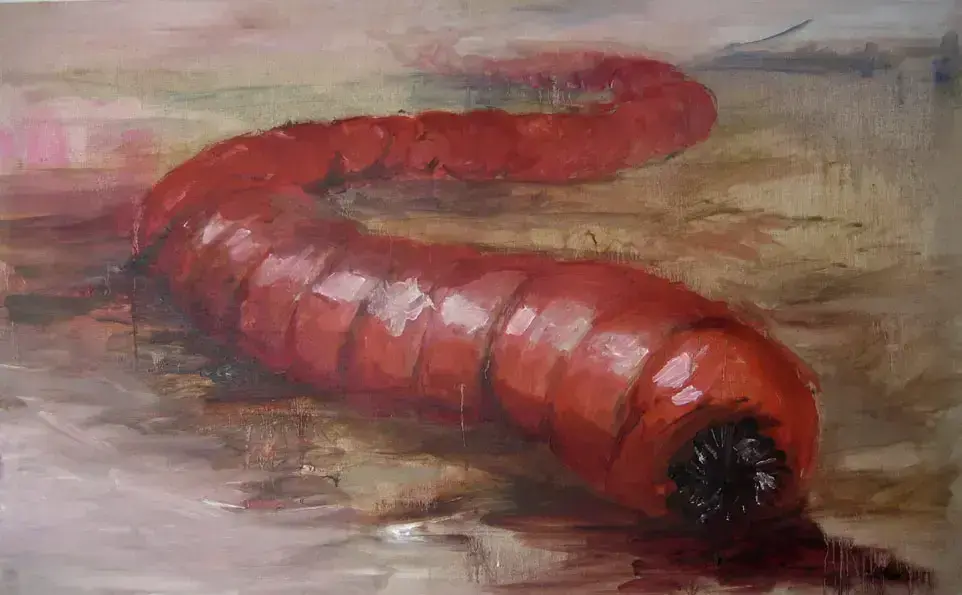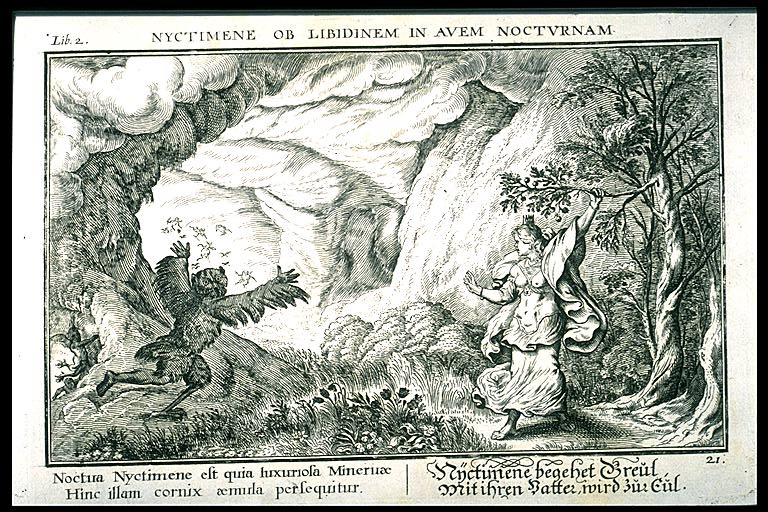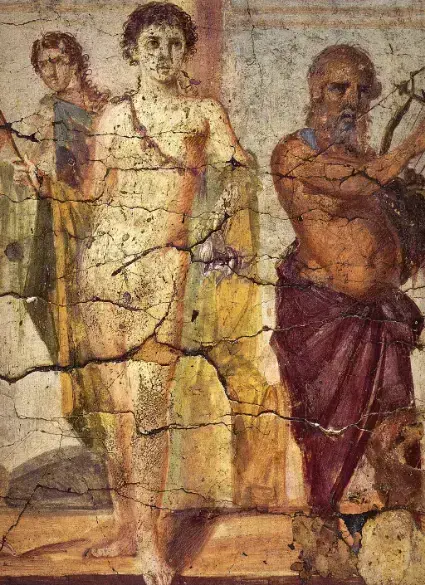Mongolian death worm

The Mongolian death worm (Mongolian: олгой-хорхой, olgoi-khorkhoi, "large intestine-worm") is a creature alleged to exist in the Gobi Desert. Despite investigations by both amateur cryptozoologists and credentialed academics, little evidence supports its existence, positioning it as either a cryptid or mythological animal. Western attention to this creature began with Roy Chapman Andrews's 1926 book On the Trail of Ancient Man, where the American paleontologist recounted second-hand tales from Mongolian officials who, though never having seen it themselves, "firmly believed in its existence and described it minutely." In 1983, when locals who claimed to have seen the "olgoi-khorkhoi" were shown a specimen of Tartar sand boa (Eryx tataricus), they confirmed it was the same animal. According to legend, the worm inhabits the western or southern Gobi Desert, travels underground creating detectable sand waves on the surface, and can kill from a distance either by spraying venom or through electric discharge; it primarily lives underground, rarely surfacing except possibly after rainfall or near water sources.


